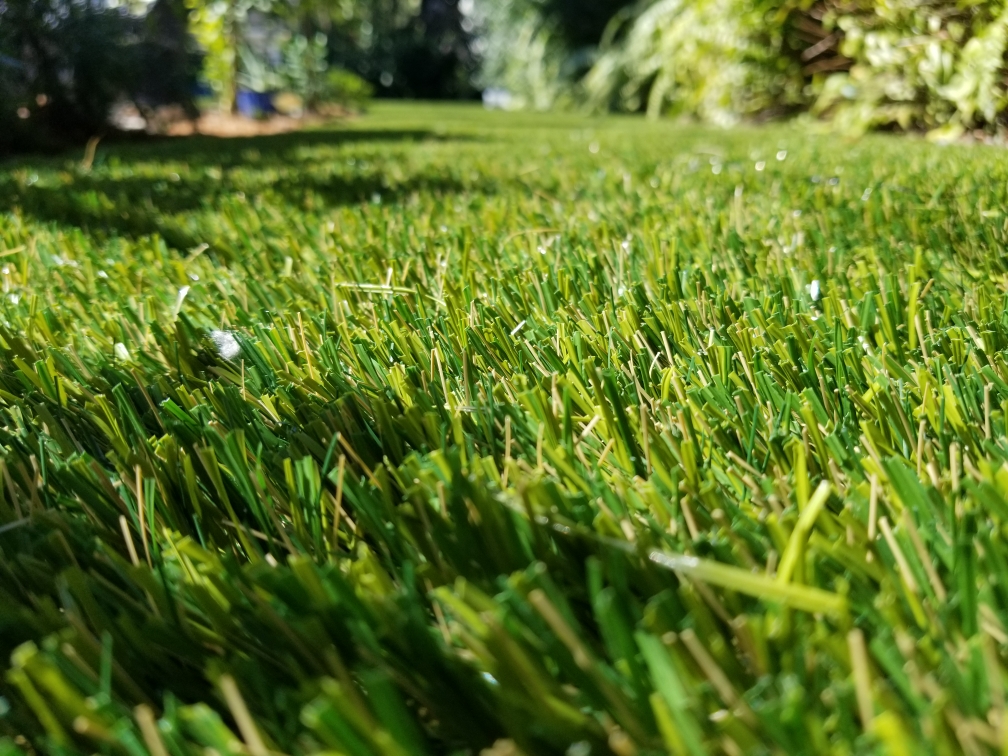In the contemporary, rapid-paced environment, homeowners are frequently searching for solutions that ease their lives while improving their exteriors. As issues about soil erosion and sandstorms escalate, many are looking into a unexpected alternative: artificial turf. This innovative substitute to natural grass provides not just an visually appealing green space, but also solves a variety of functional issues that come with upkeeping real grass.
Why consider artificial turf for your lawn? The advantages are vast, ranging from lower upkeep to eco-friendly perks. With artificial grass, homeowners can say goodbye to mowing, irrigating, and constant weed control. Picture a lush, vivid lawn that requires minimal effort while looking perfect year-round. The rising popularity of synthetic grass indicates a growing trend among homeowners who want simplicity, eco-friendliness, and a beautiful outdoor environment. Whether Artificial grass installation face heavy use zones, small spaces, or merely want to elevate your home’s exterior, considering the realm of synthetic lawns may be the smartest choice for your yard you ever decide.
Benefits of Artificial Grass
One of the most remarkable benefits of artificial grass is its minimal upkeep nature. Homeowners can say goodbye to mowing, watering, and fertilizing, making it an desirable option for those with limited free time. With artificial turf, you can enjoy a lush lawn without the constant attention that real grass requires. This efficiency-boosting advantage allows homeowners to concentrate on enjoying their outdoor space rather than devoting weekends working on yard maintenance.
Artificial grass also offers notable environmental benefits. The water savings are considerable, particularly in regions prone to drought. By opting for fake grass, homeowners can reduce water and lower their impact on the environment. Additionally, without the use of fertilizers or pesticides, artificial turf minimizes chemical runoff into local ecosystems, encouraging a healthier habitat for wildlife and reducing the risk of allergies for family members.
Robustness is another major advantage of synthetic turf. https://anotepad.com/notes/gqe7ee8q can tolerate heavy foot traffic, making it the ideal solution for those with active families. Unlike real grass, which can become worn, artificial turf preserves its appearance year-round. Whether through intense heat or torrential downpours, fake grass holds up well, ensuring your lawn stays beautiful in all seasons. This durability contributes to long-term savings, making it a smart investment for homeowners wanting to improve their outdoor spaces.

Maintenance and Cost Effectiveness
One of the main benefits of installing fake grass is its economic benefits over the long run. While the initial investment may be more significant than natural grass, the savings over time are significant. Homeowners can expect to save money on irrigation, upkeep tools, and yard maintenance. With no need for mowing, fertilizing, or pest control, the consistent costs associated with maintaining a regular lawn are removed, making artificial turf a financially smart choice.
Maintenance is low with synthetic grass, which is a huge perk for homeowners with hectic schedules. A quick rinse with a hose to clear away dirt is often all that is required to maintain its appearance. Unlike natural lawns, there is no issue about weeds, brown patches, or the requirement for regular care. This minimal upkeep requirement means more time taking advantage of your yard rather than working on it, allowing for a calmer existence.
Moreover, artificial grass is designed to be durable and tough, holding up well against a range of weather and high foot traffic. This reliability translates to reduced need for replacements over the years, further enhancing its cost-effectiveness. By opting for synthetic grass, homeowners can enjoy a vibrant yard year-round with very little effort, thus maximizing their investment and lessening the inconvenience related to lawn care.
Environmental Impact of Artificial Grass
The environmental benefits of synthetic turf are becoming increasingly recognized as homeowners seek eco-friendly landscaping options. One significant advantage is the reduction of water usage. Conventional grass lawns require significant irrigation, leading to inefficient water use, especially in regions susceptible to drought. By installing fake grass, homeowners can conserve a substantial amount of water annually, contributing to water conservation efforts and reducing their environmental footprint.
Additionally, artificial turf eliminates the need for harmful pesticides and fertilizers, which can leach into the soil and waterways, causing pollution. With less chemicals needed to maintain its appearance, artificial turf offers a eco-friendly landscaping solution that supports vibrant ecosystems. This aspect is particularly beneficial for families with children and pets, who can play safely on a toxin-free surface harmful chemicals.
Another key factor is the longevity of synthetic turf. Designed to endure various weather conditions, synthetic turf can last for many years without the need for replacing. This long-lasting quality means fewer resources are needed for upkeep and replacement, minimizing waste over time. As more people choose synthetic turf for its eco-friendliness, it presents a contemporary solution for achieving beautiful lawns while being ecologically sound.
